Home>Home Appliances>Laundry Appliances>How To Wash A Blanket In The Washing Machine
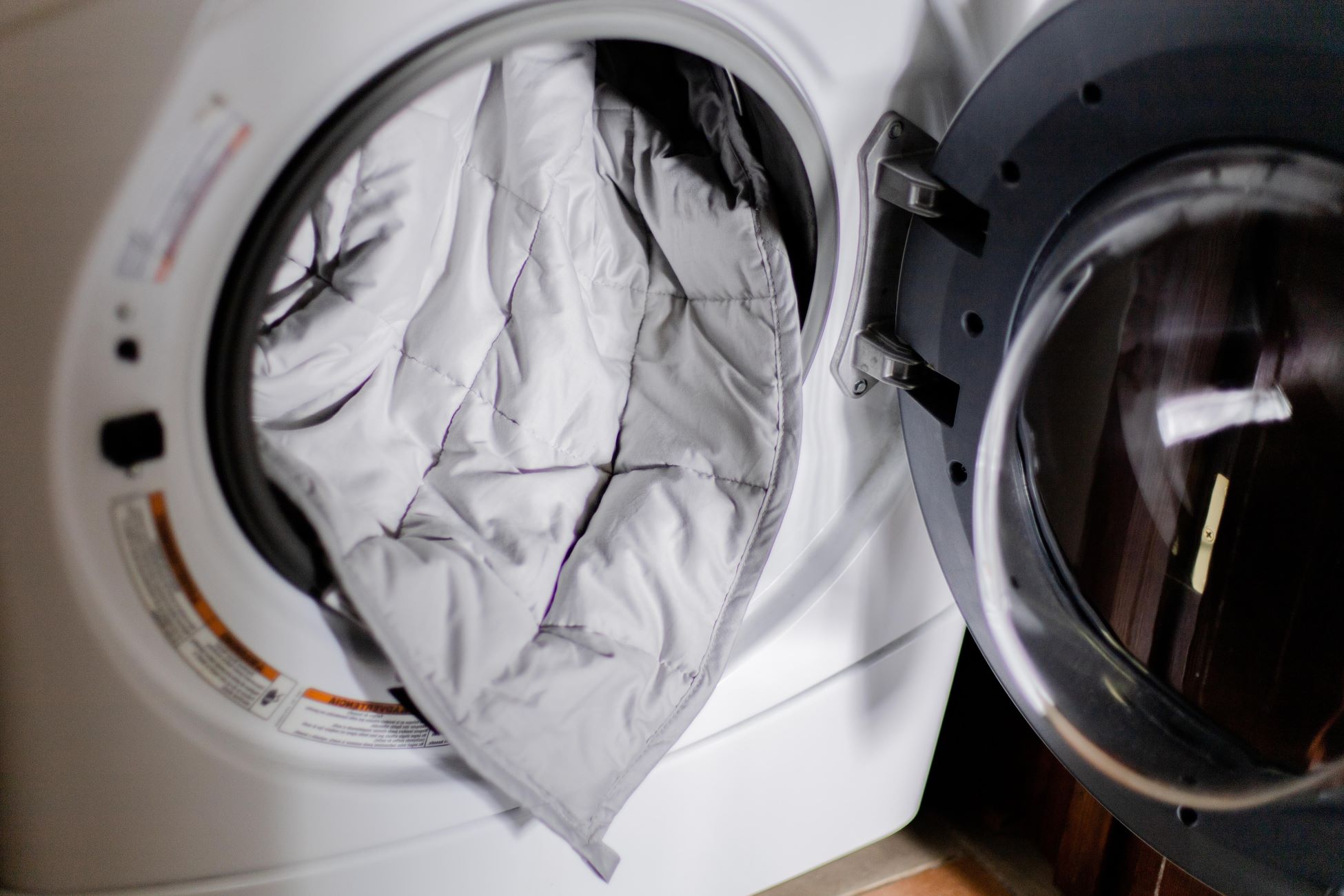

Laundry Appliances
How To Wash A Blanket In The Washing Machine
Published: February 23, 2024
Learn how to properly wash a blanket in the washing machine with our expert laundry appliance tips. Keep your blankets clean and fresh with our easy guide.
(Many of the links in this article redirect to a specific reviewed product. Your purchase of these products through affiliate links helps to generate commission for Storables.com, at no extra cost. Learn more)
Choosing the Right Washing Machine
When it comes to washing a blanket, selecting the right washing machine is crucial for ensuring a thorough and gentle cleaning process. The type of washing machine you choose can significantly impact the outcome of the cleaning cycle. Here are some key factors to consider when choosing the right washing machine for washing your blanket:
-
Capacity: The size of the washing machine is a critical consideration. Ensure that the machine has enough capacity to accommodate the blanket comfortably. Overloading the machine can lead to ineffective cleaning and potential damage to the blanket. Conversely, using a machine that is too large for the blanket may result in excessive wear and tear on the machine itself.
-
Agitator vs. Impeller: Traditional top-loading washing machines are equipped with an agitator, a central post that moves the water and clothes around. On the other hand, high-efficiency top-loading machines and front-loading machines use an impeller or wash plate to move the clothes. When washing a blanket, especially one made of delicate materials, a washing machine with an impeller or a front-loading machine is often preferred as it provides a gentler washing action, reducing the risk of damage to the fabric.
-
Wash Cycles: Look for a washing machine that offers a variety of wash cycles, including a gentle or delicate cycle. This is particularly important when washing blankets, as it allows you to select a cycle that is suitable for the fabric type and ensures that the blanket is cleaned effectively without being subjected to harsh agitation.
-
Temperature Control: Some blankets may require specific water temperatures for optimal cleaning. Therefore, choosing a washing machine with temperature control options can be advantageous. This feature allows you to select the appropriate water temperature based on the care instructions for the blanket, ensuring that it is cleaned effectively while preserving its quality.
-
Special Features: Consider any additional features that may benefit the cleaning process, such as pre-soak options, extra rinse cycles, or a steam function. These features can enhance the cleaning performance and help eliminate any lingering odors or stains from the blanket.
By carefully considering these factors, you can select a washing machine that is well-suited for washing your blanket, ensuring that it is cleaned effectively while maintaining its quality and prolonging its lifespan.
Key Takeaways:
- Choose a washing machine with the right capacity, gentle washing action, and temperature control to effectively clean your blanket without causing damage to the fabric or the machine itself.
- Prepare your blanket by checking the care label, inspecting for stains, and using a mesh laundry bag to ensure effective cleaning and preserve its quality and longevity.
Read more: What Washer Setting For Blankets
Preparing the Blanket for Washing
Before you begin the washing process, it's essential to prepare the blanket properly to ensure optimal cleaning results and prevent any potential damage. Here's a detailed guide on how to prepare the blanket for washing:
-
Check the Care Label: Start by checking the care label attached to the blanket. The care label provides valuable information regarding the recommended washing instructions, including water temperature, washing cycle, and any specific precautions to be taken. It's crucial to adhere to the guidelines outlined on the care label to prevent damage to the fabric and maintain the blanket's quality.
-
Inspect for Stains and Damage: Thoroughly inspect the blanket for any stains or areas of damage, such as tears or loose threads. Spot-treat any visible stains using a gentle stain remover or a mixture of mild detergent and water. Additionally, mend any small tears or loose threads to prevent them from worsening during the washing process.
-
Remove Loose Debris: Shake the blanket outdoors or in a well-ventilated area to remove any loose debris, such as dust, pet hair, or lint. This step helps minimize the amount of debris that may accumulate in the washing machine and ensures a more effective cleaning process.
-
Close Fastenings and Zippers: If the blanket features any fastenings, such as buttons or zippers, ensure that they are securely fastened. This prevents the risk of snagging or entanglement during the washing cycle, which could potentially damage the fabric or the washing machine itself.
-
Use a Mesh Laundry Bag: For delicate or loosely woven blankets, consider placing the blanket inside a mesh laundry bag before placing it in the washing machine. This extra layer of protection helps prevent the blanket from becoming stretched, tangled, or damaged by the agitator or other items in the wash load.
-
Consider Pre-Treating Odors: If the blanket has a lingering odor, particularly if it has been in storage, consider pre-treating it to eliminate any musty or stale smells. This can be done by lightly spritzing the blanket with a fabric refresher or a mixture of water and white vinegar before washing.
By meticulously preparing the blanket for washing, you can ensure that it is cleaned effectively while minimizing the risk of damage. Taking the time to follow these preparatory steps sets the stage for a successful washing process, ultimately preserving the quality and longevity of the blanket.
Selecting the Right Detergent
Choosing the appropriate detergent is a critical aspect of ensuring the effective and gentle cleaning of your blanket. The right detergent can help maintain the fabric's integrity while effectively removing dirt, stains, and odors. Here's a comprehensive guide to selecting the right detergent for washing your blanket:
-
Consider the Fabric Type: When selecting a detergent, it's essential to consider the fabric composition of the blanket. For delicate fabrics such as wool, silk, or cashmere, opt for a mild and gentle detergent specifically formulated for delicate fabrics. These detergents are designed to clean effectively without causing damage or excessive wear to delicate fibers.
-
Avoid Harsh Chemicals: For blankets made of sensitive materials or those with special finishes, it's advisable to steer clear of detergents containing harsh chemicals, optical brighteners, or bleach. These additives can be too abrasive for delicate fabrics and may lead to discoloration, weakening of fibers, or alteration of the fabric's texture.
-
Opt for a pH-Balanced Detergent: pH-balanced detergents are formulated to match the natural pH level of fabrics, making them suitable for a wide range of materials. These detergents are gentle on the fabric while effectively lifting dirt and grime, making them an ideal choice for washing blankets made of various fabric types.
-
Consider Specialized Formulas: Some blankets, such as those used for outdoor activities or bedding, may require specialized detergents. For instance, outdoor blankets may benefit from a detergent designed to remove tough stains, repel insects, or maintain water repellency. Similarly, bedding blankets may benefit from detergents formulated to eliminate allergens and provide a fresh, clean scent.
-
Evaluate Fragrance and Additives: When selecting a detergent, consider the fragrance and any additional additives it may contain. While some individuals prefer fragranced detergents for their fresh scent, others may opt for fragrance-free options, especially if they have sensitivities or allergies. Additionally, be mindful of any added softeners or enhancers, as these may not be suitable for all fabric types.
-
Review Eco-Friendly Options: For those seeking environmentally friendly options, there are detergents available that are biodegradable, phosphate-free, and formulated with plant-based ingredients. These eco-friendly detergents offer a sustainable and gentle approach to cleaning blankets while minimizing environmental impact.
By carefully considering these factors, you can select a detergent that aligns with the specific needs of your blanket, ensuring that it is cleaned effectively while preserving its quality and longevity. Making an informed choice when selecting the right detergent is a crucial step towards achieving optimal cleaning results and maintaining the integrity of your blanket.
Before washing a blanket in the washing machine, check the care label for specific instructions. Use a gentle cycle with cold water and mild detergent to avoid damaging the fabric. It’s also a good idea to wash the blanket separately to prevent tangling and ensure a thorough clean.
Setting the Washing Machine
Setting the washing machine appropriately is vital to ensure that the blanket is cleaned effectively while minimizing the risk of damage. By following the correct steps and making informed choices, you can optimize the washing process for the best possible results. Here's a detailed guide on setting the washing machine for washing your blanket:
-
Water Temperature: Start by selecting the appropriate water temperature based on the care label instructions and the type of fabric. For most blankets, using cold water is suitable for preventing color fading and minimizing shrinkage. However, if the care label recommends a specific temperature, such as warm or hot water, ensure that the washing machine is set accordingly. Some washing machines offer temperature control options, allowing you to adjust the water temperature based on the specific requirements of the blanket.
-
Wash Cycle: Choose a gentle or delicate wash cycle to ensure that the blanket is treated with care during the cleaning process. If the washing machine provides customizable cycle options, select a setting that aligns with the fabric type and the level of soiling on the blanket. Avoid using heavy-duty or high-speed cycles, as these may subject the blanket to excessive agitation, potentially causing damage to the fabric.
-
Detergent Dispensing: Add the appropriate amount of detergent to the washing machine based on the manufacturer's guidelines and the size of the load. If using a liquid detergent, measure the recommended quantity using a measuring cap or dispenser. For powdered detergents, follow the dosage recommendations provided on the product packaging. Some washing machines are equipped with detergent dispensers that automatically release the detergent at the right stage of the wash cycle, ensuring proper distribution and effective cleaning.
-
Additional Options: Take advantage of any additional options or features offered by the washing machine that can enhance the cleaning process. For example, if the machine has a pre-soak function, consider using it to help loosen stubborn stains or odors from the blanket before the main wash cycle begins. Similarly, if the machine offers an extra rinse option, utilizing this feature can help ensure that all detergent residues are thoroughly removed from the blanket, preventing potential skin irritation or fabric stiffness.
-
Load Balance: When placing the blanket in the washing machine, distribute it evenly to maintain load balance. Unevenly distributed items can cause the machine to vibrate excessively during the spin cycle, potentially leading to noise, movement, or even damage to the machine. Ensuring proper load balance also promotes more effective cleaning and prevents the blanket from becoming tangled or bunched up during the wash.
By carefully setting the washing machine according to these guidelines, you can optimize the cleaning process for your blanket, ensuring that it is treated with the appropriate care and attention. Taking the time to make informed choices and utilize the available features of the washing machine sets the stage for a successful washing cycle, ultimately resulting in a clean and well-maintained blanket.
Drying the Blanket
After the washing cycle is complete, the next crucial step in the blanket care process is proper drying. The method chosen for drying the blanket can significantly impact its overall condition and longevity. Here's a comprehensive guide to effectively drying your blanket:
-
Read the Care Label: Before proceeding with the drying process, refer to the care label on the blanket for specific instructions regarding drying methods. The care label may provide valuable information on recommended drying temperatures, suitable drying cycles, and any precautions to be taken to prevent damage to the fabric.
-
Selecting the Drying Method: The most common drying methods for blankets include air drying, machine drying, or a combination of both. Air drying involves laying the blanket flat on a clean, dry surface, such as a clothesline or drying rack, and allowing it to air dry naturally. Machine drying, on the other hand, utilizes a clothes dryer to expedite the drying process.
-
Air Drying: If opting for air drying, ensure that the blanket is spread out evenly to promote uniform drying. Avoid direct exposure to sunlight, as prolonged sunlight exposure can lead to color fading and potential damage to the fabric. Additionally, periodically fluff and reposition the blanket during the drying process to prevent stiffness and ensure thorough drying.
-
Machine Drying: When using a clothes dryer, select a low or medium heat setting to prevent excessive heat exposure, which can cause shrinkage or damage delicate fibers. Consider adding a few clean tennis balls or dryer balls to the dryer to help fluff the blanket and prevent clumping. It's essential to monitor the drying progress periodically and remove the blanket promptly once it is dry to prevent over-drying.
-
Avoid Overcrowding: Whether air drying or using a dryer, avoid overcrowding the drying space to allow adequate air circulation. Overcrowding can prolong the drying time and result in uneven drying, potentially leaving moisture trapped in the fabric.
-
Check for Moisture: Before storing or using the blanket, ensure that it is completely dry. Check for any residual moisture, particularly in thicker or densely woven blankets, as trapped moisture can lead to mildew or musty odors over time.
By following these guidelines, you can effectively dry your blanket, preserving its quality and ensuring that it is ready for use or storage. Proper drying techniques contribute to maintaining the fabric's integrity and prolonging the lifespan of the blanket, ultimately allowing you to enjoy its warmth and comfort for years to come.
Frequently Asked Questions about How To Wash A Blanket In The Washing Machine
Was this page helpful?
At Storables.com, we guarantee accurate and reliable information. Our content, validated by Expert Board Contributors, is crafted following stringent Editorial Policies. We're committed to providing you with well-researched, expert-backed insights for all your informational needs.

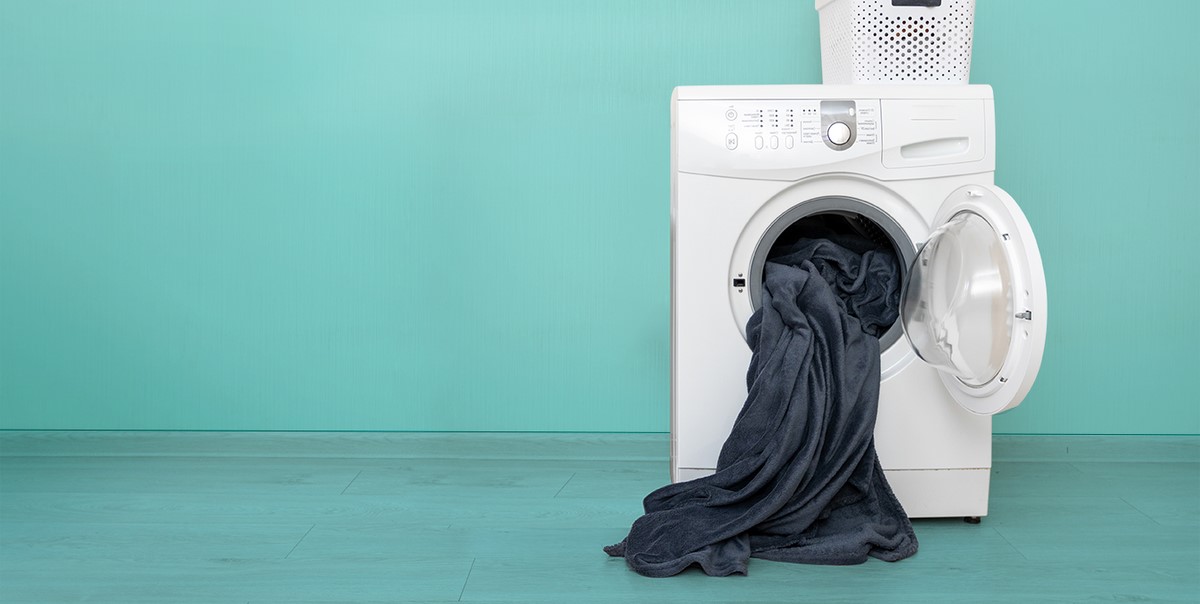
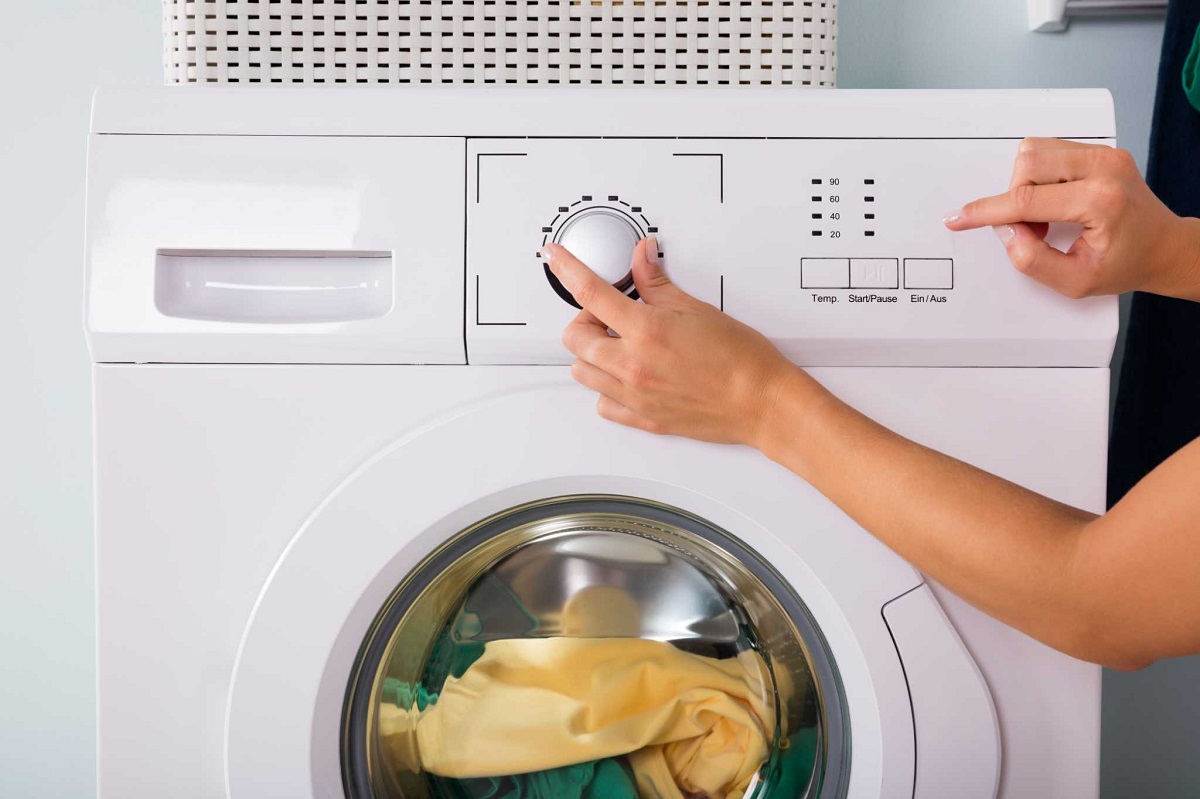
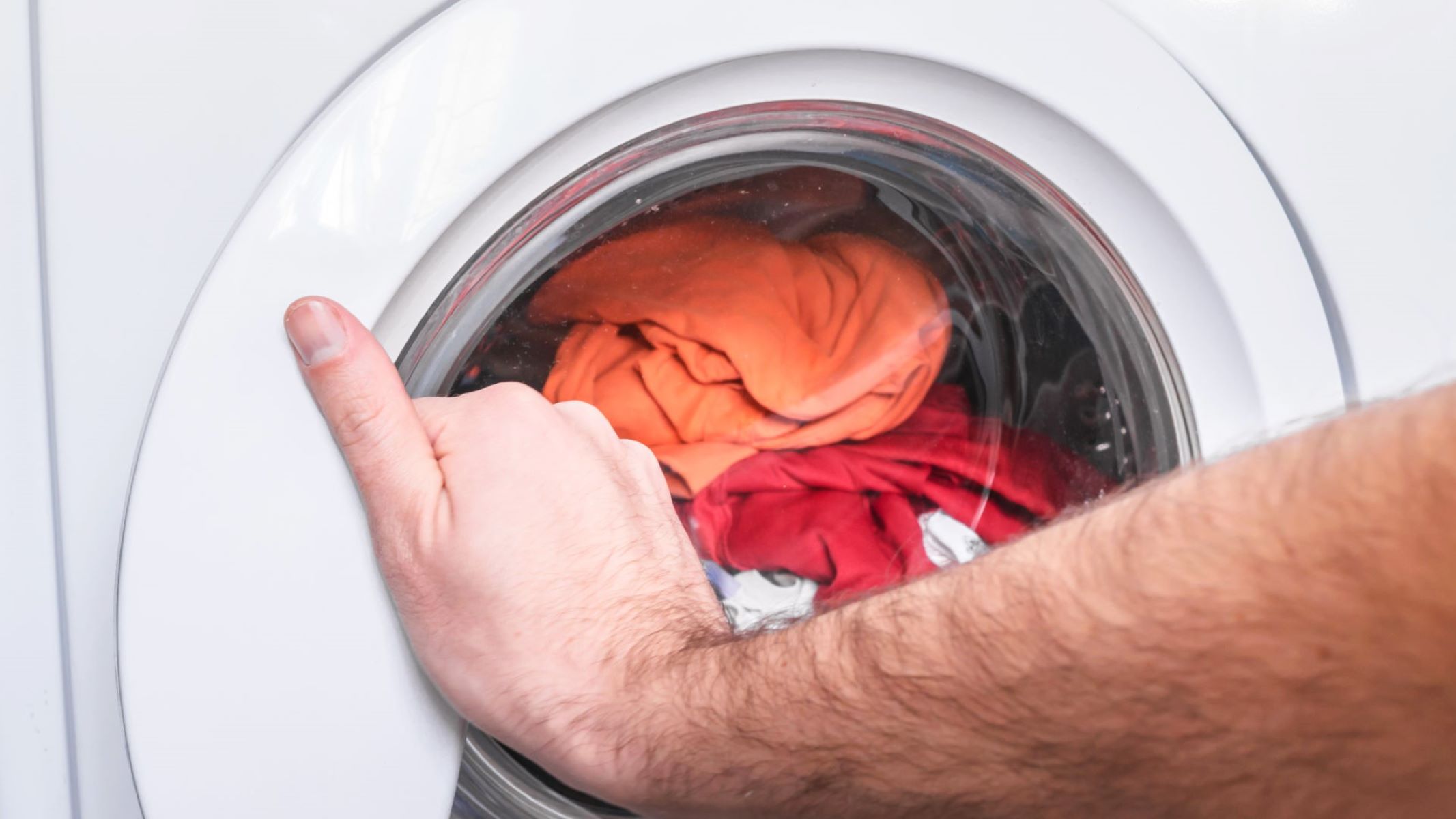


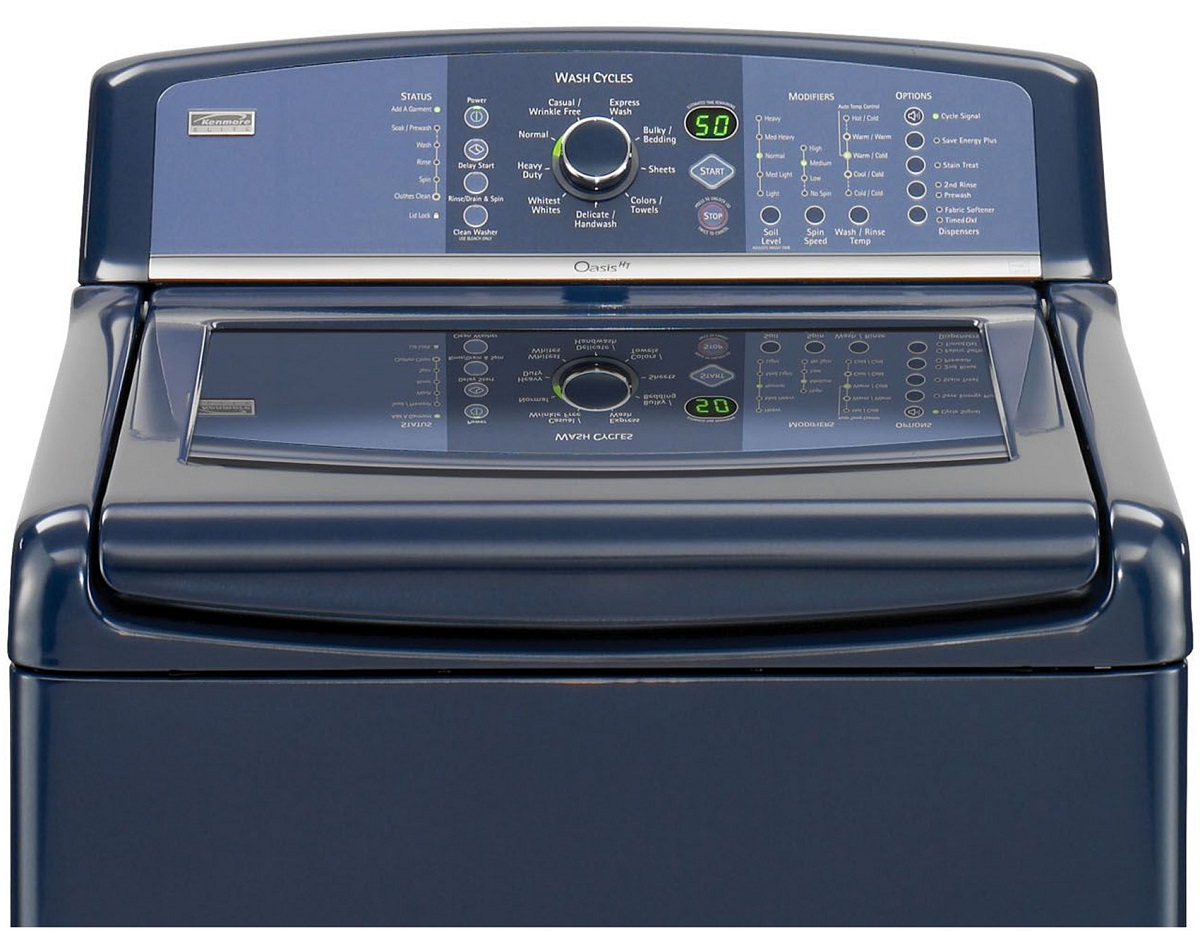
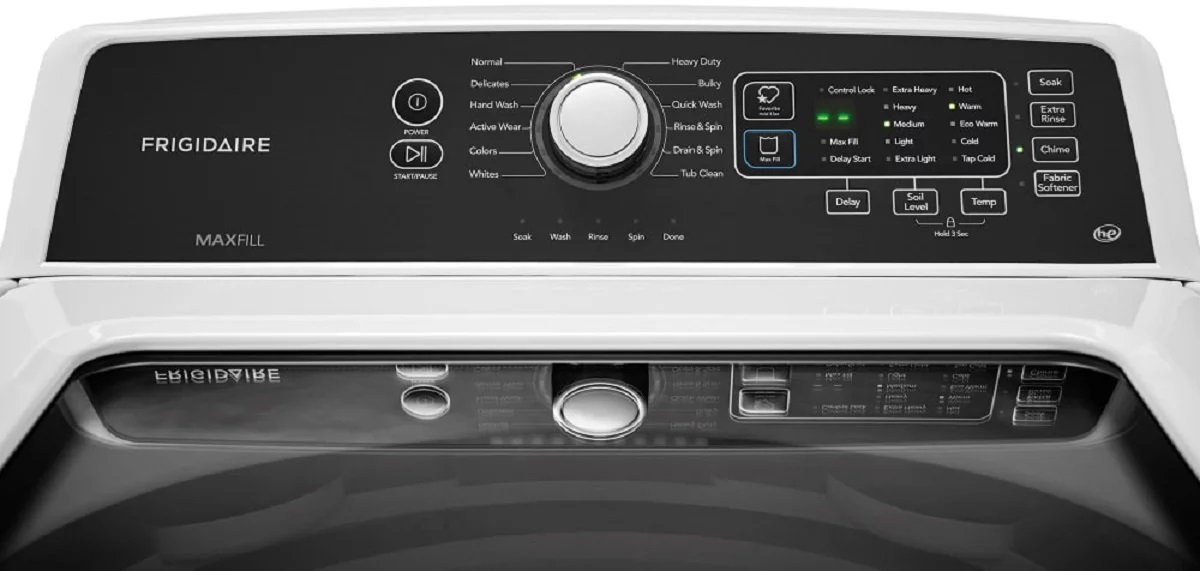

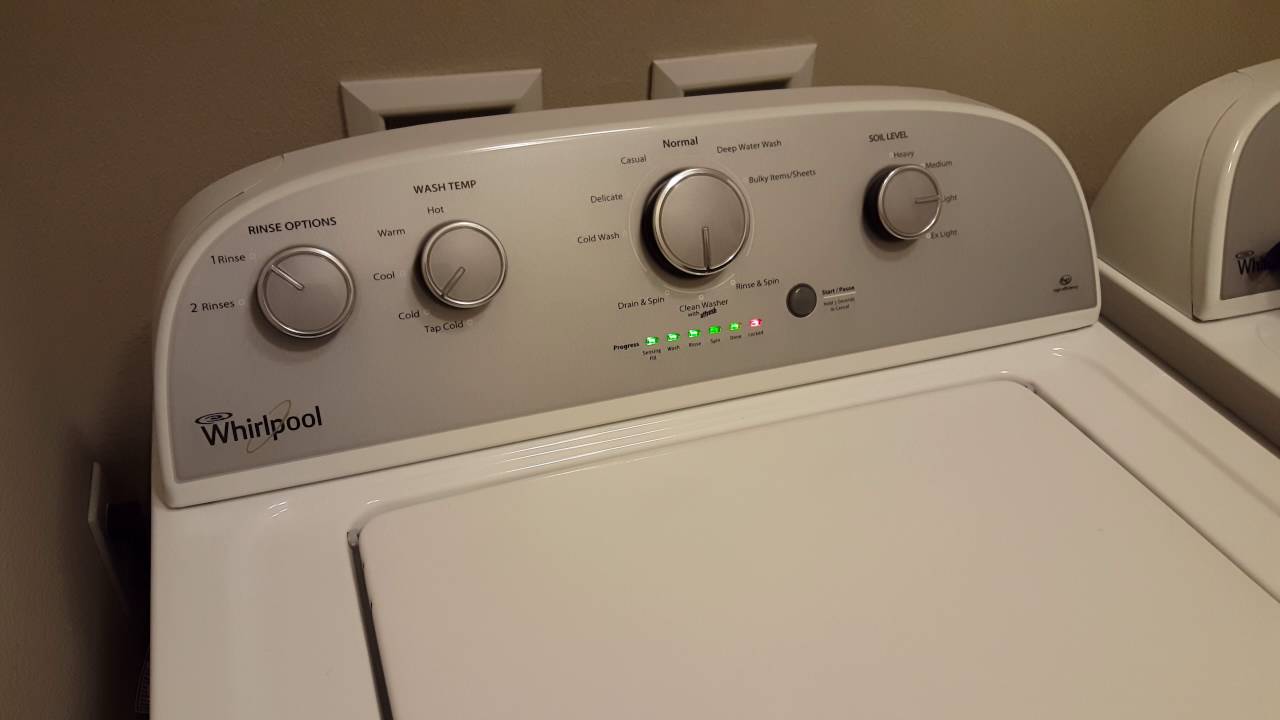
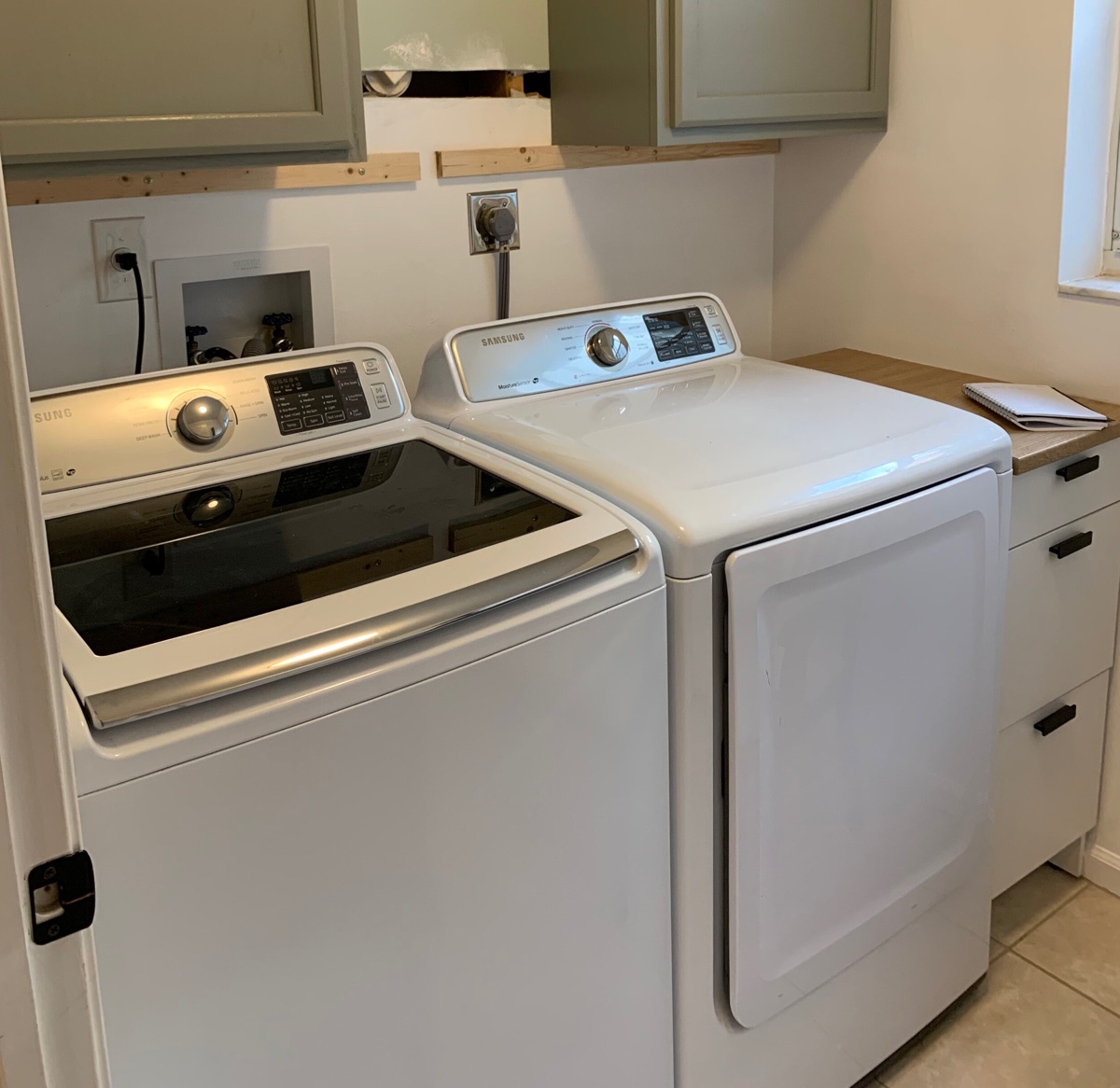





0 thoughts on “How To Wash A Blanket In The Washing Machine”